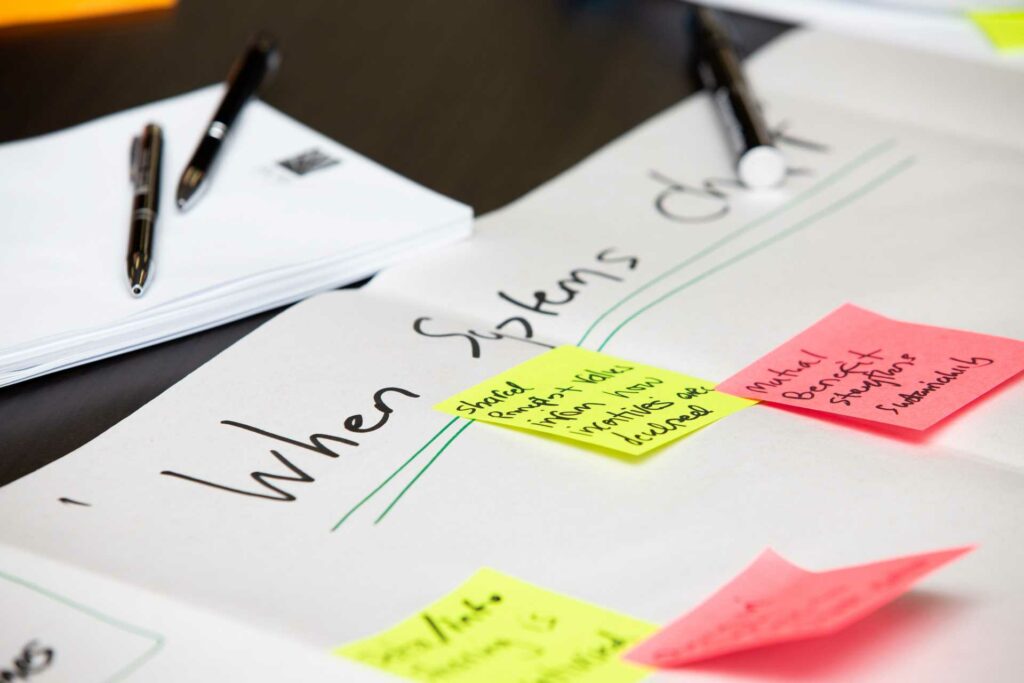As we look toward launching the next round of our Partnership Evaluation Program (PEP) soon, we’re taking a look back at what participants gained from the inaugural cohort.

The free, eight-week program is funded by the Victorian State Government’s Empowerment Fund and supports health, community, and legal service partners across Victoria to build their skills and confidence in health justice partnership evaluation.
We spoke to Karlee Hirt (Hume Riverina Community Legal Service, working with Gateway Health through the HALO program) and John Bamborough (Mind Australia, establishing three mental health and wellbeing locals in Victoria) about their experiences in the inaugural round.
What the program involves
With a total commitment of around 10-12 hours, PEP blends:
- five self-guided training modules on topics including evaluation in partnership, understanding outcomes of HJP, and collecting data; and
- online workshops where participants create a tailored program logic, evaluation questions, outcome measurement tools, and a monitoring and evaluation plan.
Why measuring impact matters
Monitoring and evaluation are a key part of ongoing service delivery – not only the continuous improvement of the service itself in response to conditions on the ground, but also the ability to present a clear, evidence-based picture to current and potential funders of the impact of your work and the areas that may benefit from extra resources.
Karlee found the monitoring and evaluation plan developed during the program particularly valuable:
“It shows the full picture. So whether it’s me or someone else picking up our monitoring and evaluation surveys, they can reference the plan and see the reason why we have what we have in place. It also allows us to go back later and ask, is this still reflective of what we’re doing? We’re also thinking about how we can then share our data and outcomes – not just with our funders and staff, but also the community as well.”
How we approach partnership
True to the spirit of collaboration, each partnership joins with two staff — one from the legal service and one from the health, community, or social service.
John found this structure particularly valuable:
“It created an intentional space in our busy schedules to be able to come together and to think through not just how we evaluate the efficacy of what we’re trying to deliver, but also the partnership itself. It gave us the chance to stop and reflect on how aligned we are in our vision, values, and aims”.
Learning together
The mix of self-paced and group learning was a highlight for both Karlee and John.
“It was really nice to see a broad range of perspectives and bounce off each other for advice,” said Karlee.
“It gave us the opportunity to reflect on how aligned we are in our partnership,” added John.
Looking ahead
The next round of the Partnership Evaluation Program will be coming up soon, offering Victorian organisations working in health justice partnership the opportunity to build practical evaluation skills, strengthen collaboration, and make their impact more visible.





